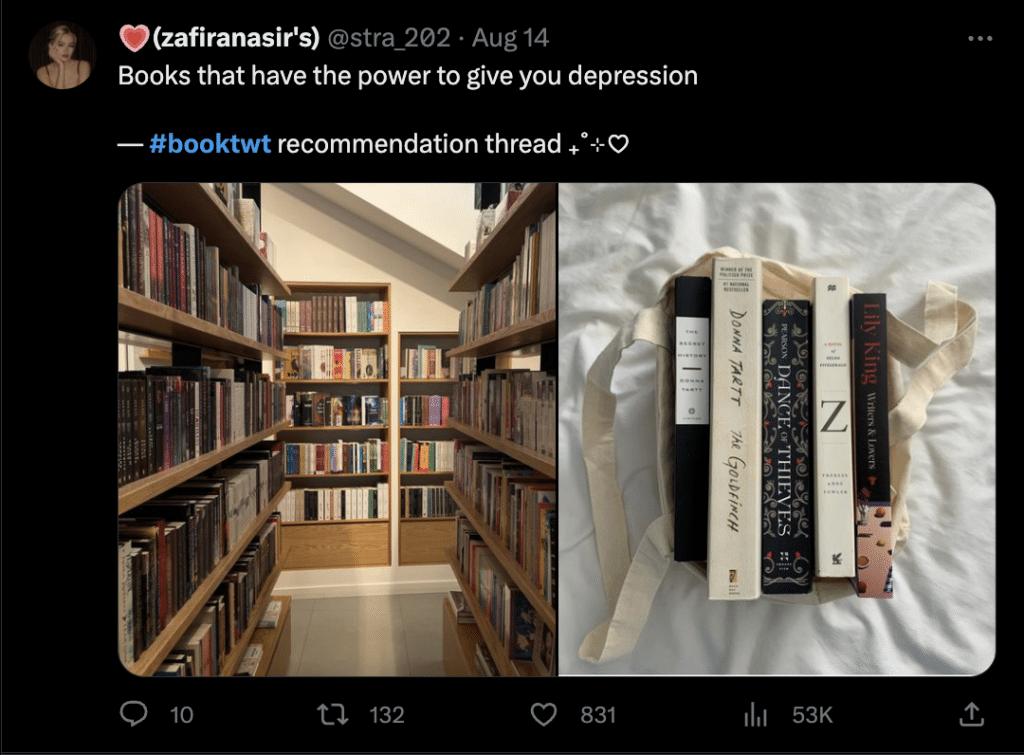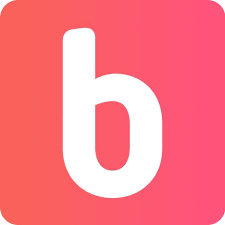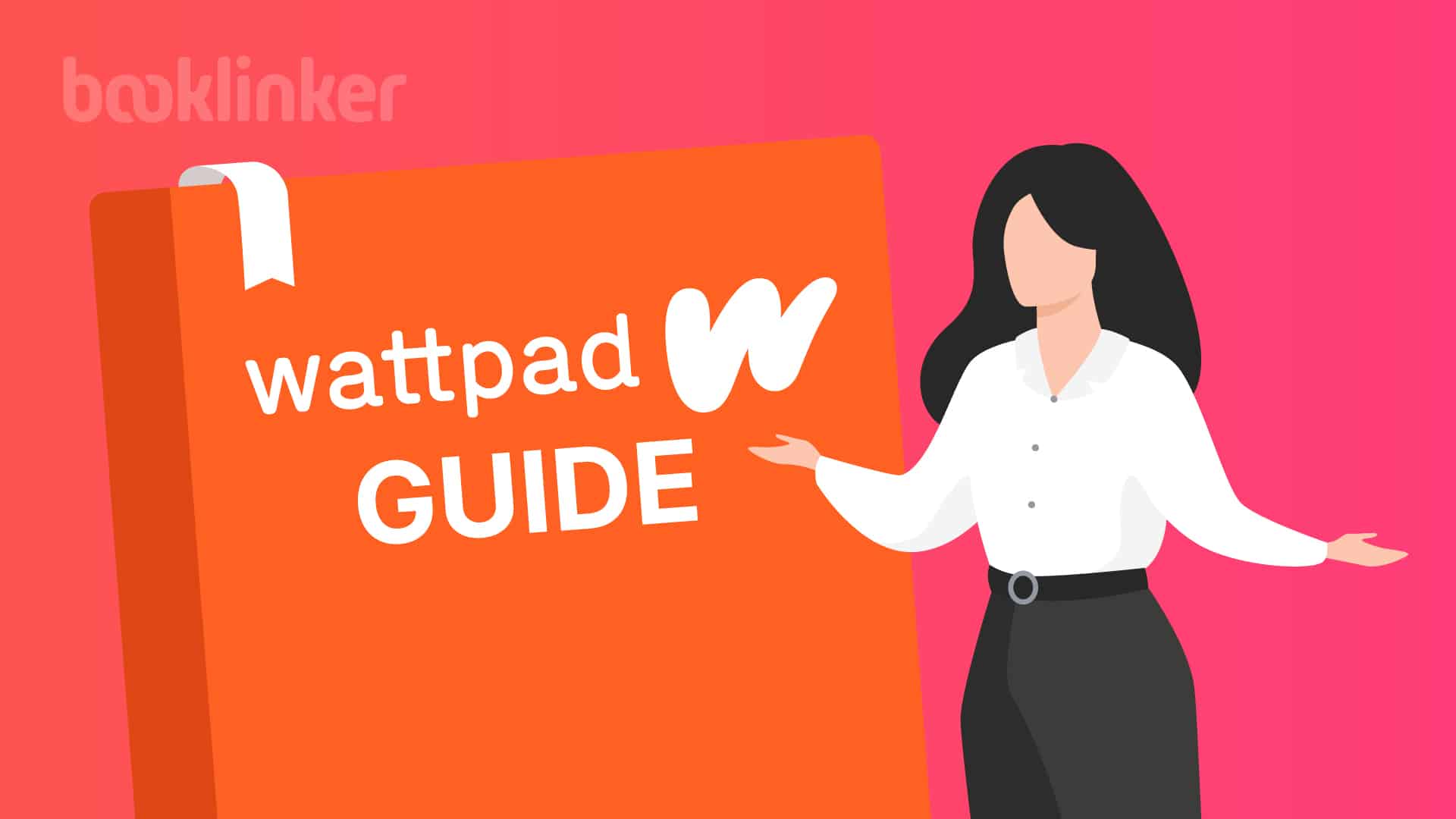
TikTok exploded onto the competitive social media landscape scene in 2016. Originally known as a singing and dancing app, Musicly, the platform has rapidly transformed into an everything app. TikTok’s success can likely be attributed to its incredibly intelligent content suggestion algorithm.
As the app developed, communities and hashtags emerged letting like-minded users connect.
One of the most viral hashtags that emerged is #BookTok. It’s now 2023, and many authors are taking part in this incredibly powerful community to sell more books. Barnes & Noble has gone as far as to place trending #BookTok books on stands inside of their stores.
It’s pretty clear hopping on this trend can completely change an author’s career.
To turn more authors onto #BookTok, we decided to speak to Naomi Nakashima, of HelpMeNaomi, a writing coach, ghostwriter, and #BookTok expert.
If you’d like to learn more about the #BookTok phenomenon, and why it’s such a powerful tool for authors to market themselves and their books, then keep reading!
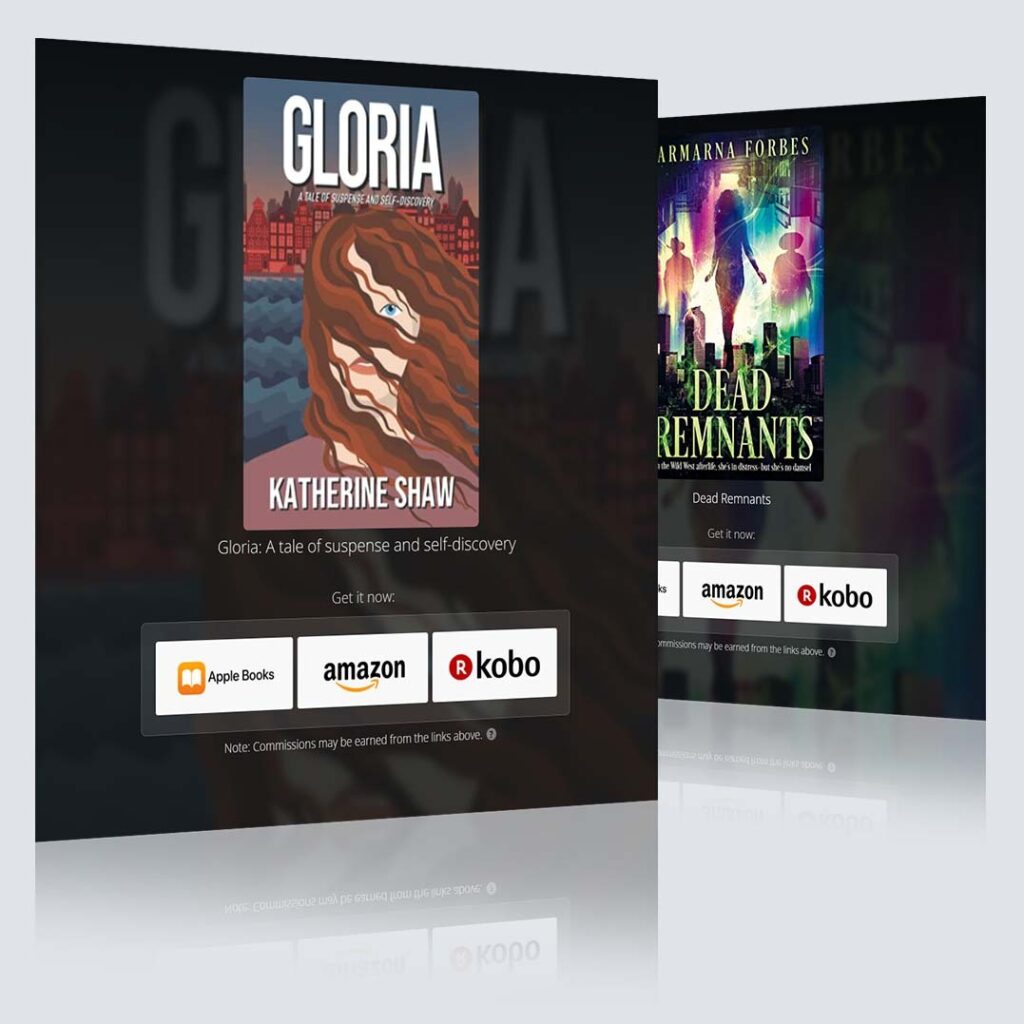
Free Universal Book Links
- Boost international sales by geotargeting readers
- Book store links update automatically based on availability
- Advanced marketing analytics
- Increase clicks with trusted links
What is #BookTok?

What Makes a Good #BookTok?
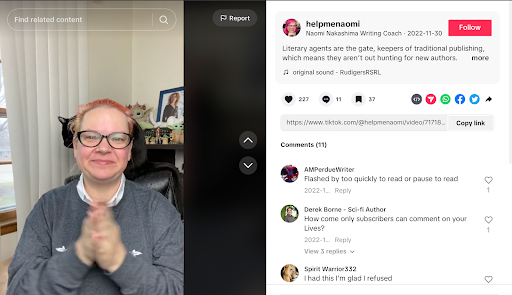
The best #BookToks are relatable. Especially when authors can tie it back to their books, establishing a personal connection with the reader. This relatability can resonate with the reader’s personal experiences or feelings, making them more inclined to share and repost the content, thus gaining more traction.
#BookTok, and TikTok in general, stand out due to their raw and unfiltered content, often lacking professional-level production. This approach became popular during the pandemic when people were isolated at home, yet craved genuine connections.
Unlike platforms like Instagram, where the focus is often on perfect layouts and aesthetics, TikTok emphasized real, authentic connection.
There is certainly something to be said about the intentional almost unprofessionalism that goes on in a TikTok or #BookTok.
Your content should be to the point where you’re thinking “Everyone in my book club would like this” Then they start sharing it, reposting it, and that’s when you really start picking up traction.
How to Get to #BookTok
When a user first joins TikTok, the suggestion algorithm doesn’t yet know their interests, so the initial feed might seem random and overwhelming. To curate your TikTok feed towards #BookTok content, you should interact with videos that authors post or use the Booktok hashtag. You can do this by liking, commenting, and following creators who post about books.
You can further refine your feed by long-tapping videos to show you like the content. On the other hand, you can mark videos you don’t enjoy and select “not interested.”
This informs the TikTok algorithm about the content that you want to see. As a business, it’s in their best interest to show you what you like. So make an effort to clearly tell TikTok your preferences, and you will be rewarded.
It typically takes just a few days or even hours to train the TikTok algorithm. For authors that are trying to reach readers specifically, it’s essential to engage with the platform as a reader would.
Often, writers connect with other writers on social media platforms, as they understand each other’s struggles. However, as an author on TikTok, it’s beneficial to engage with readers, post content that appeals to them, and build a connection on a reader’s level.
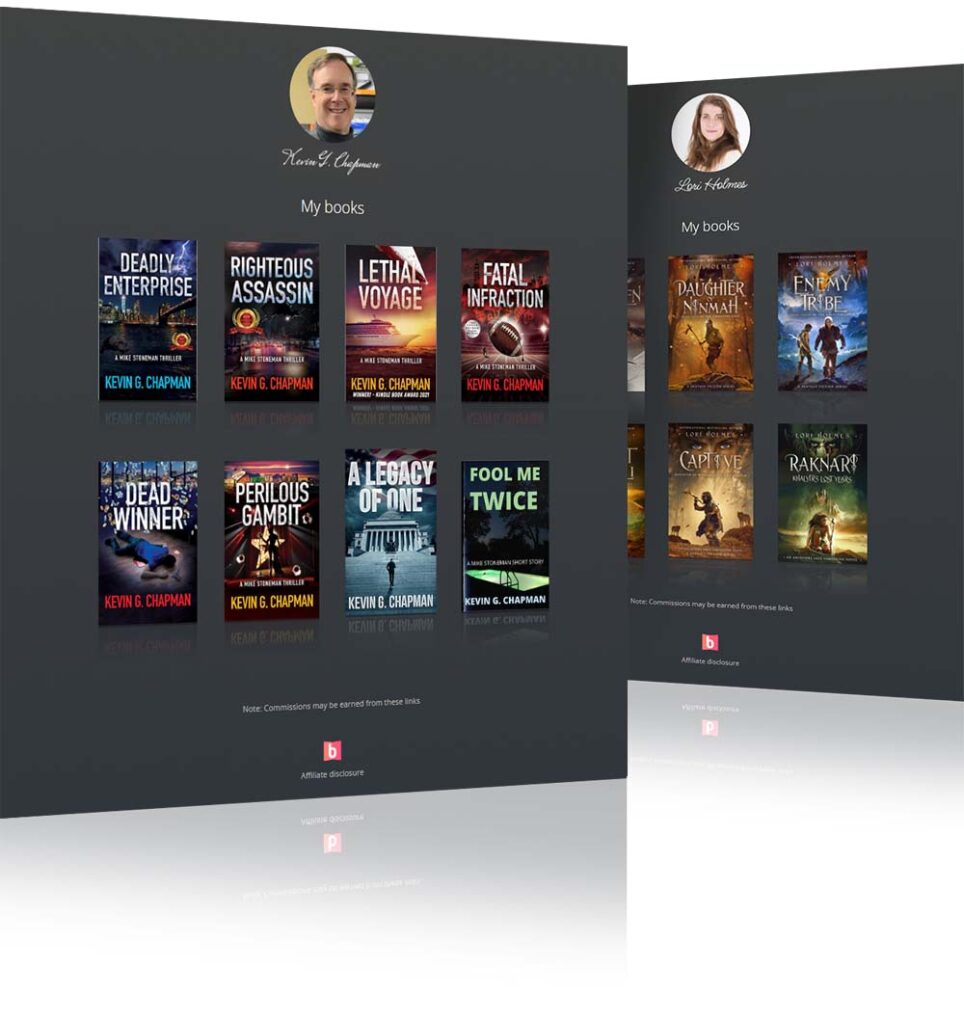
Introducing:
Booklinker Collections
One landing page for all your books. 100% free.
One link for easy sharing of your books across your backmatter, websites, emails, and social media.
How the TikTok Algorithm Works
Before we start talking about tactics for TikTok, we should study how the algorithm (likely) works.
In my view, the way the TikTok algorithm works is that when you release a TikTok the algorithm looks to push your video in front of the people who wanna see it, regardless of whether or not they’re already following you.
But it sends it out to a very small percentage of those people.
That percentage is based on how many followers you have. So a creator with 30 million followers, their “small bucket” will be pretty large.
From there, if you hit a particular engagement threshold the algorithm starts to ask?
How many people are saving your video?
How many people are replaying it?
How many people are liking and commenting?
A lot?
Then it’ll re-release it out to a larger audience, and then a third larger audience.
The final step is, hey, this video has hit every single metric here.
And a person reviews it and says, yeah, we can make it go viral, and turns the key.
It’s a lot of power.
You really want to focus on whether you are connecting with readers, because in those first two rounds, if someone comes in, and they can connect with that video, they’re gonna share it, save it, or maybe even download it.
The next time you get a follower, TikTok is gonna say, you’re following this person. That’s a data point that you probably like their content. Let me push out some of their old content to you.
And that’s what can trigger an old post going viral weeks or months later.
Profile Creation on TikTok
Optimizing your TikTok profile for Booktok involves several steps.
First, it’s recommended to use a profile picture with a face as people connect less with logos. Alternatively, you could use a short video that represents the type of content you create.

The profile description should sound natural but include relevant keywords like your genre or role, such as “science fiction, romance, author.”
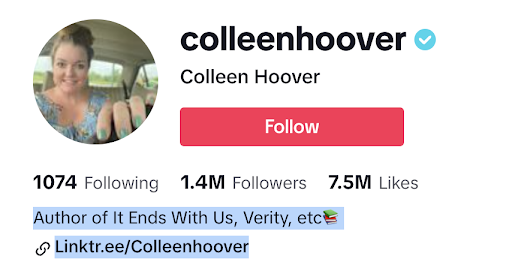
This helps when users search for these terms.
A strong call to action is also essential. For example, prompting visitors to check out your latest book or sign up for a newsletter.
Similar to Instagram, TikTok allows for only one link in your profile. It should be evergreen, meaning relevant over a long period. Tools like LinkTree or Beacons.ai make great choices here, as they allow you to make a beautiful custom landing page with no code, expanding the options for readers to click on.
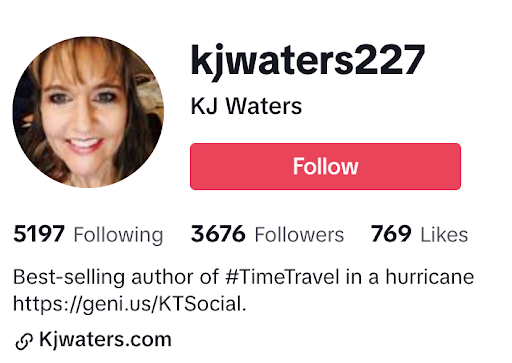
Is There a Process you Follow When Making a #BookTok?
After your profile is created, it’s time to make some TikToks. My process might be a little bit weird, but basically, I start out in a research phase.
If I see a TikTok that I like, I think about how I can remake this for myself but “stitch it”. When you stitch a video, you play up to five seconds of that video and then you get to record.
So I’ll choose my five seconds, and then I’ll record a sample TikTok, telling myself to say X, Y, and Z. And then I’ll save that to my draft.
So I have like 300 drafts hanging out in my folder right now.
In my case, as a non-fiction author and coach, I’ll look for people who are asking questions and then I’ll clip their questions.
On the day I’m ready to record, I’ll do all my recordings in batches. I have a camera facing my computer and my bookshelf. Between takes it’s good to shift the angle slightly. It doesn’t have to be a massive shift, although sometimes it does work, it could even be like zooming in real quick or something along those lines.
I’ll film five or six in a row and upload those. TikTok also recently released the ability to schedule your videos to go live.
What Editor do you Use to Make Your Videos?
When it comes to editing TikTok videos, you have a few options. I use Invideo as I do editing outside of TikTok. This is where I really tighten up the clips. I believe part of the fun of TikTok is those really short clips and rapid cuts.
If you’re filming inside TikTok, I would say just use the TikTok editor. Otherwise what ends up happening is you have to download the video from TikTok, edit it, then compress it again when you export which ends up decreasing the quality of the video. Upon uploading it, back into TikTok, it’s going to decrease further.
Getting Readers to Buy Your Book
Ok, so now that we’ve got our profile created, and know how to shoot and edit TikToks, it’s only a matter of time until we’ve gone viral!
But what’s the point of going viral if we’re not selling any books?
There are a few different ways to direct readers to your books on TikTok. The first, and arguably least effective way to direct readers toward your books, is by linking to your books inside of a TikTok description.
The issue with description links is that they are not clickable. If you’re going to include links in your description, make sure the link is very easy to remember, as readers will have to flip to another app and type it in, from memory.
Tools like Geniuslink and Booklinker make it easy to shorten your book links into short and memorable links.
The next method of directing traffic to your books is via product tagging. In my case, most of my books are for sale on Shopify.
I’ve linked my Shopify page to TikTok so that when I mention it in a post, I can tag my book. From there, readers can tap on it just like they would say on Instagram or Pinterest.
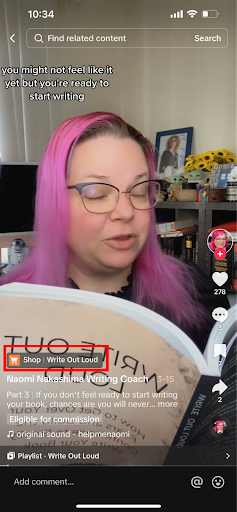
Penguin Random House also has a unique integration in TokTok where anyone can tag a book they publish. Clicking on that tag sends you to a unique discovery page of their books that give you insight into other TikToks where the book’s been tagged or additional info about the book.
The last method to direct people to your books is via a link in the bio tool that we mentioned earlier. Some of the most popular options include Beacons.ai and LinkTree where you can build out a tree of your links. In those cases, I still think keeping the possibilities narrow, maybe four or five choices max is ideal.
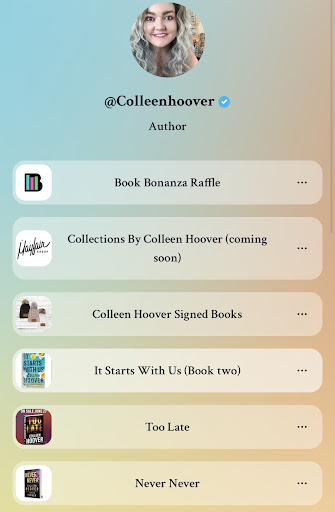
The last thing I’d say is on TikTok, you don’t need to tell viewers, “Tap the link on my bio!”
You can have a sticker that says it and it’s a pretty well-understood concept.

Introducing:
Booklinker Collections
One landing page for all your books. 100% free.
One link for easy sharing of your books across your backmatter, websites, emails, and social media.
Don’ts of BookTok
TikTok, and especially #BookTok, is really an open world where creators can try new ideas and see what sticks. But there are a few things I highly recommend against if you want to make it on #BookTok.
The first one is don’t be the author who turns everything into a sales pitch. People will become frustrated with you really quickly and tune that out.
Remember earlier when we spoke about algorithm signals and data points?
Salesy TikToks are not going to perform as well on those if they’re not done properly. I recommend posting 80% value and 20% sales content at the maximum.
The next tip, which may be more of a myth rather than fact, is that there are several people who believe that Tiktok can shadowban people.
This can happen if you start posting controversial political takes or discuss China’s spying.
Unless your books directly tie into politics or these topics, it’s best to leave them off your page.
Frequently Asked Questions
When do you Need to Include #ad or Hashtag Sponsor?
FTC guidelines give guidence to sponsored content and affiliate links on social media platforms like TikTok and Instagram.
According to these guidelines, content related to affiliate links should be marked with the hashtag “#ad”, while sponsored content, where the creator has been paid to make the post, should use the hashtag “#sponsored”.
Recently, there have been changes where TikTok has been automatically adding a “sponsored” hashtag when a product is tagged in a post, even if the creator isn’t getting paid for it. This automatic addition cannot be overridden by the user, even if the content isn’t technically sponsored.
It appears that this change doesn’t apply when adding regular links or universal book links, like those from Geniuslink or Booklinker links, but only when affiliate links are uncloaked.
Should you Only Review Your Books?
No, I don’t think that you should only speak about your own books. It’s smart to review other authors’ books as you are training the TikTok algorithm to view your profile as one who enjoys talking about books of a certain genre.
Then their recommendation algorithm will pair you with readers who like books of that genre. Readers will hang out because they’re hearing honest recommendations. They may then go to your profile, find the book you reviewed in your bio, and go to Amazon, which is even more data points for TikTok’s algorithm.
Assuming they buy that book, and eventually buy yours as they become more familiar with you, the Amazon algorithm at that point is saying, “Hey, people who liked this book also liked this book, and so you’re just sending data points everywhere.”
Should Every TikTok Have the #BookTok Hashtag?
No, not every TikTok about authorship and books should have the #BookTok hashtag. There’s #WriterTalk if you’re trying to connect with other writers. DescriptorTalk, whatever that descriptor is, it’s often “romancetalk” or “sci-fitalk” or something similar.
At that point, you’re identifying more deeply with an even more targeted community. It may or may not affect the algorithm as TikTok has said, we don’t use hashtags for pushing views.
I would use hashtags if you’re trying to connect with people who are also trying to use TikTok as a tool, not necessarily readers. TikTok itself is smart enough to categorize who to show your TikTok, thus hashtags don’t really play much of a part in where they show.
In my research, it’s only if somebody specifically searched for that hashtag (vs. letting the TikTok algorithm show what it thinks is best), they’d be shown a giant list of everything with that hashtag, and then maybe, perhaps then they’d be able to.
The bottom line is that the TikTok algorithm is insanely accurate and hashtags aren’t as important as, say Instagram. In comparison, from my experience on Instagram, you want to include every single relevant hashtag as possible.
Is There an Equivalent to #BookTok on Platforms?
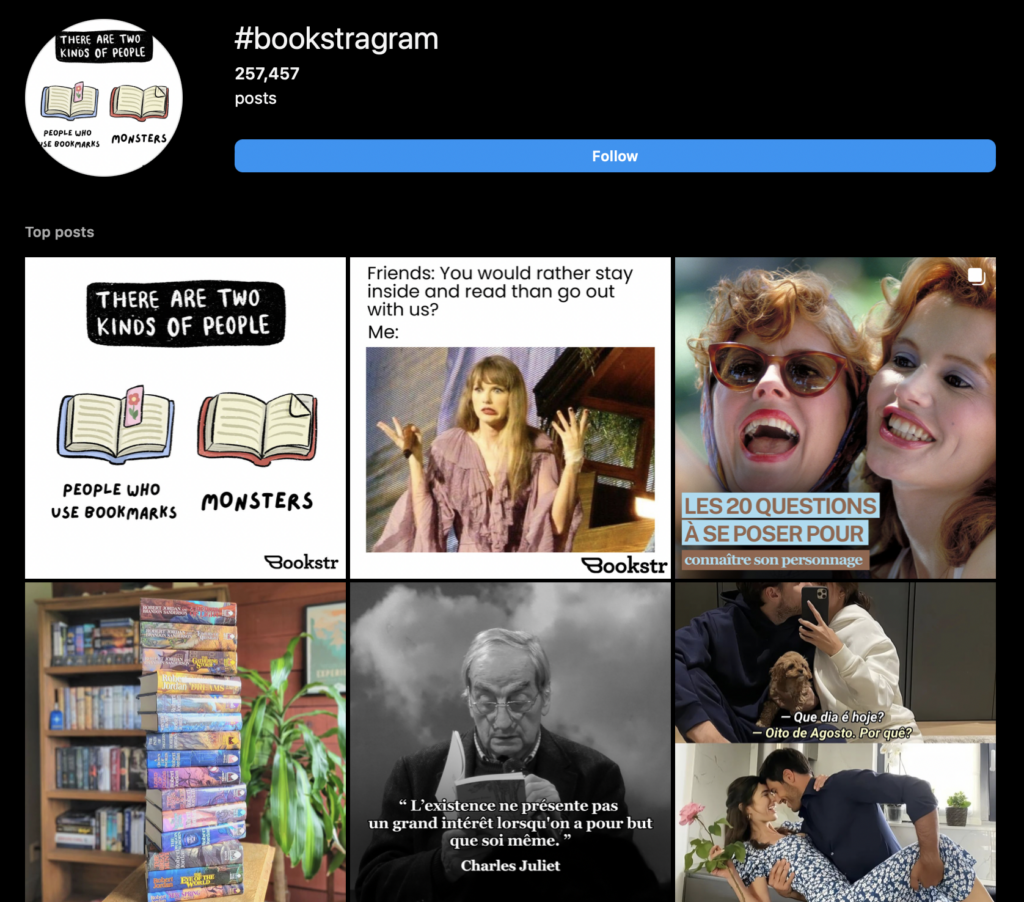
There’s #Bookstagram on Instagram, which I think was actually around first. It tries to be the same thing, a community of book lovers, including both readers or writers or both.
However, #Bookstagram ends up feeling like you just bought a bestseller that disappointed you. It ends up feeling curated and fake.
Twitter has the next closest thing to #BookTok with their #booktwt. However, while there are a lot of similar elements on Twitter, the people are different as there seems to be a strong division where readers and authors prefer one and not the other.
